ACAP Latest News
Read about recent developments and findings in procellariiform science and conservation relevant to the Agreement on the Conservation of Albatrosses and Petrels in ACAP Latest News.

Laysan Albatrosses Phoebastria immutabilis breed among washed-up plastic litter on Midway Atoll; photograph by Steven Siegel, Marine Photobank
The Albatross and Petrel Agreement has chosen “Plastic Pollution” as its theme to mark the fourth World Albatross Day, to be celebrated on 19 June 2023. This follows the inaugural theme “Eradicating Island Pests” in 2020, “Ensuring Albatross-friendly Fisheries” in 2021 and “Climate Change” in 2022.
Albatrosses are affected by a range of pollutants, of which plastics, whether ingested and then fed to chicks or causing entanglements, are certainly the most visible and well known to the general public. However, albatrosses face other significant pollutants, including heavy metals, (such as mercury) and POPs (persistent organic pollutants, such as insecticides). ACAP will therefore include these and other categories of pollutants along with plastics in promoting “WAD2023”.
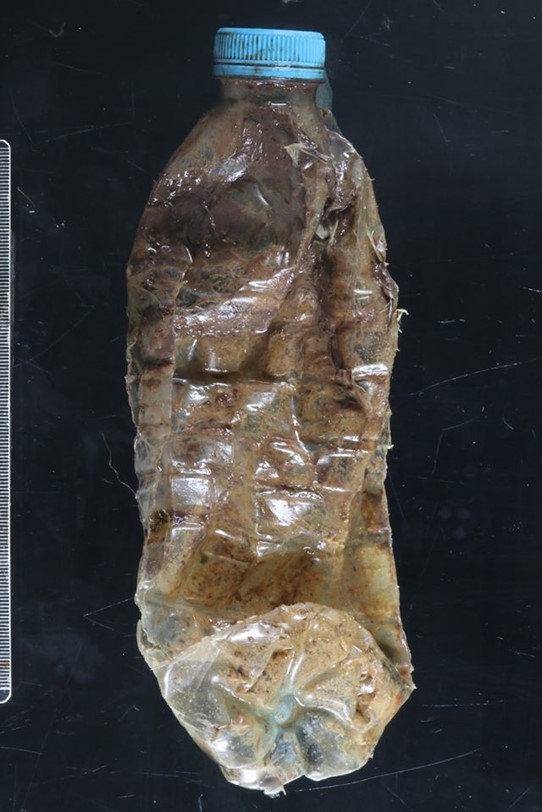
A 500-ml plastic bottle found in the stomach of a Southern Royal Albatross Diomedea epomophora (click here); photograph from the New Zealand Department of Conservation
Two new albatross species will be used to feature the theme for next year’s World Albatross Day, with artworks, posters, infographics and a music video. These will be the globally Endangered Northern Royal Albatross D. sanfordi, endemic to New Zealand, and the abundant and widespread Black-browed Albatross Thalassarche melanophris. In addition, coverage will be given to last year’s featured species, the Black-footed Phoebastria nigripes and Laysan P. immutabilis Albatrosses of the North Pacific, which ingest more plastic than do the southern hemisphere species.
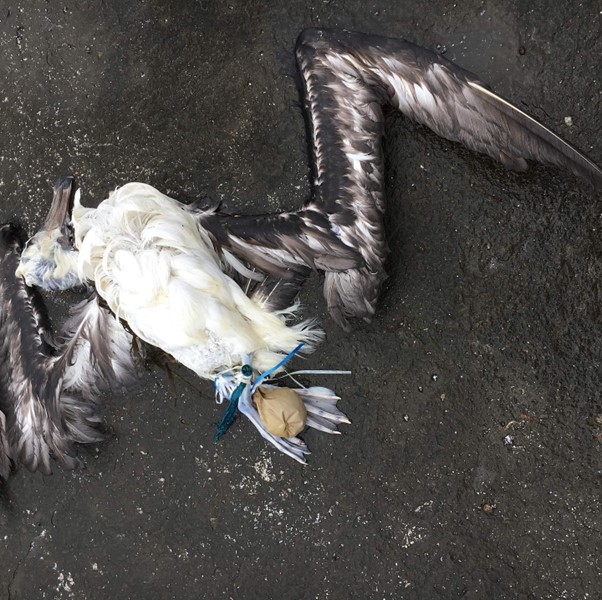
A beached juvenile Black-browed/Campbell Albatross entangled by a plastic string attached to a balloon, Dolphin Point, New South Wales, Australia (click here); photograph from Karen Joynes
As well as the world’s 22 species of albatrosses, other procellariforms are prone to ingest pieces of plastic found floating on the sea surface and mistaken as food. A notable example is the Flesh-footed Shearwater Ardenna carnepeis, shown to ingest very large amounts of plastic at one breeding locality at least (click here). This shearwater is a species that has previously been identified as a potential candidate for ACAP listing (click here).
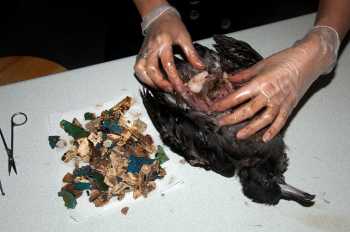
Heavy load: plastic being removed from the stomach of a Flesh-footed Shearwater; photograph by Ian Hutton
ACAP is giving consideration to promoting WAD2023 by running one or two competitions for public participation, including for children. The competitions held for the inaugural World Albatross Day proved popular, so follow ACAP Latest News and social media for announcements in due course.
John Cooper, ACAP News Correspondent, 01 September 2022
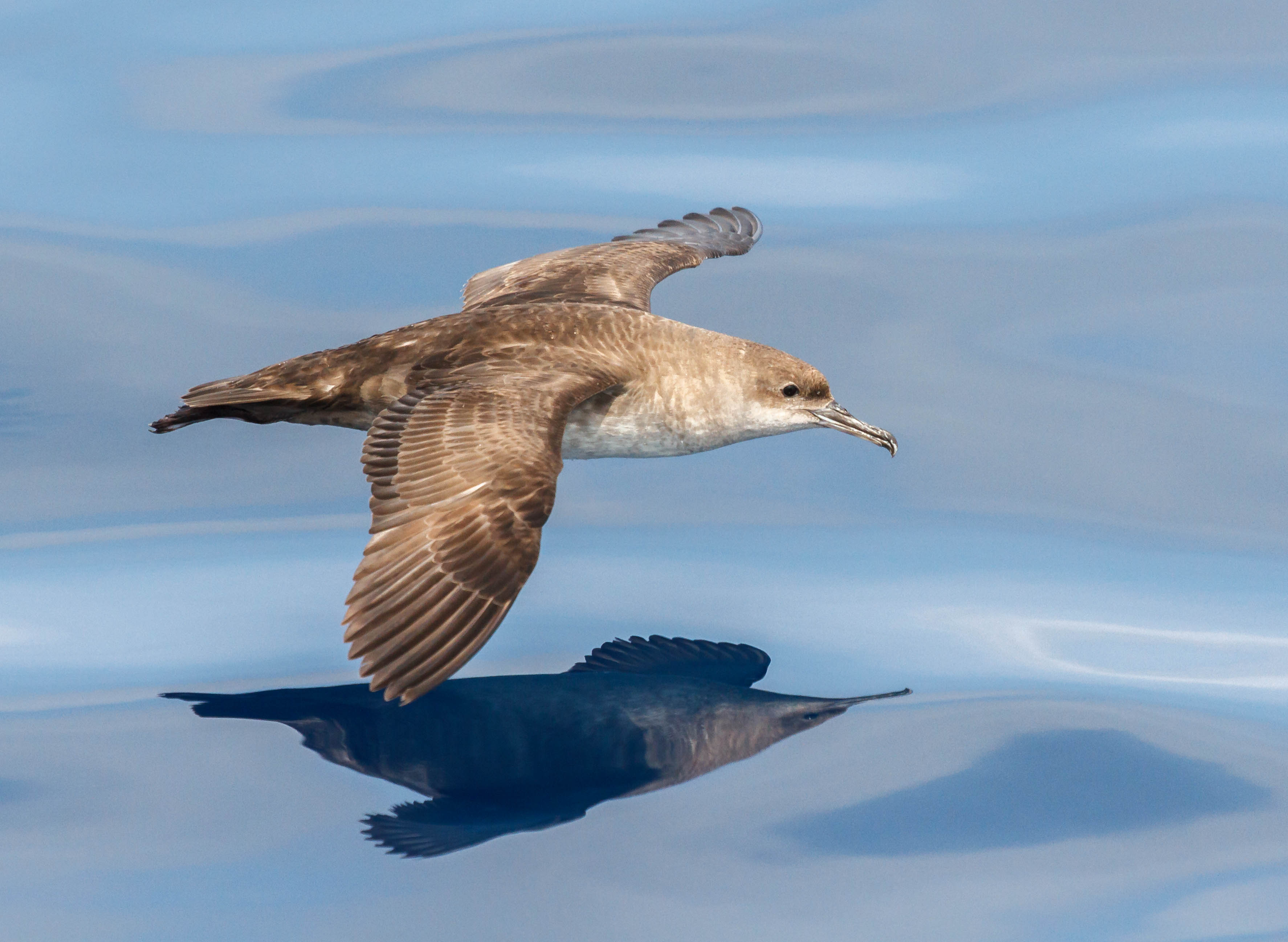 The Critically Endangered Balearic Shearwater ranges in UK waters; photograph by Pep Arcos
The Critically Endangered Balearic Shearwater ranges in UK waters; photograph by Pep Arcos
The UK has published its Bycatch Mitigation Initiative, outlining its strategy on minimising and, where feasible, eliminating the bycatch of marine species. Recognising that further action needs to be taken to achieve its proposed strategic objectives, the initiative extends on existing programmes such as the UK Bycatch Monitoring Programme and Clean Catch UK.
In a piece written for, Wildlife and Countryside Link (Link), Ruby Temple-Long, RSPB Marine Policy Officer and Chair of the Link Bycatch sub-group, offers her personal perspective of the Bycatch Mitigation Initiative. The article can be accessed through the website, here.
Accidental death through interactions with fishing operations is the most significant threat to marine wildlife globally. In regard to seabirds, thousands are dying avoidable deaths each year when they swallow baited longline hooks and are then drowned, through collisions with trawl cables or entanglement in nets. ACAP has developed a range of Conservation Guidelines including Best Practice Advice on bycatch mitigation measures identified to reduce this mortality. Conservation Guidelines and Bycatch Mitigation Advice can be downloaded at the ACAP website under Resources, https://www.acap.aq.
Posted 31 August 2022
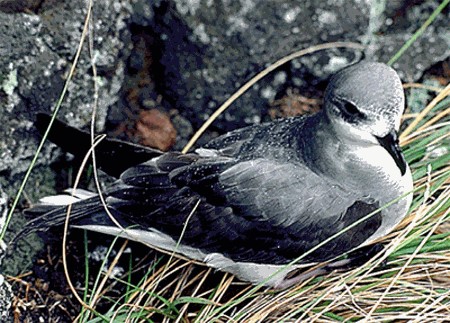
Black-winged Petrel ashore
Terence O’Dwyer (Conservation and Restoration Science, Department of Planning and Environment, New South Wales, Australia) and colleagues have published in the journal Bird Conservation International on breeding recovery of the Black-winged Petrel Pterodroma nigripennis on Australia’s World Heritage Lord Howe Island after the removal of introduced Ship or Black Rats Rattus rattus.
The paper’s abstract follows:
“In 2019, a Rodent Eradication Project (REP) was implemented on World Heritage listed Lord Howe Island, Australia. Among the species expected to benefit was a burrow-nesting seabird, the Black-winged Petrel Pterodroma nigripennis. Prior to the REP, we assessed causes of Black-winged Petrel nest failure using surveillance cameras. We also measured breeding success before and after the REP and investigated emerging pressures on breeding success from other native species. In 2017, ship rats Rattus rattus were a major cause of Black-winged Petrel nest failure, and breeding success was as low as 2.5%, compared to 47.5% on rodent-free Phillip Island (Norfolk Island Group). In 2020, in the absence of rodents, breeding success on Lord Howe Island increased dramatically to 67% and remained high (50%) in 2021. This result suggests that reproductive output of small seabirds has been heavily supressed by rodents on Lord Howe Island for decades. A subsequent increase in the population of a predatory endemic rail, the Lord Howe Woodhen Hypotaenida sylvestris, combined with burrow competition from Little Shearwaters Puffinus assimilis, indicated that initial high breeding success may not be sustained. However, the surge in successful breeding of Black-winged Petrels is likely to result in a significant increase in fledgling numbers and the recruitment of hundreds of additional birds each year. Given the important role of petrels in global nutrient cycling, and their positive influence on island biodiversity, their expansion should benefit the ecological restoration of Lord Howe Island.”
With thanks to Sandy Bartle.
Reference:
O’Dwyer, T., Carlile, N., O’Neill, L & Halpin, LR 2022. Changing fortunes of the Black-winged Petrel Pterodroma nigripennis following the Lord Howe Island Rodent Eradication Project - interactions with other recovering species. Bird Conservation International doi.org/10.1017/S0959270922000132.
John Cooper, ACAP News Correspondent, 30 August 2022
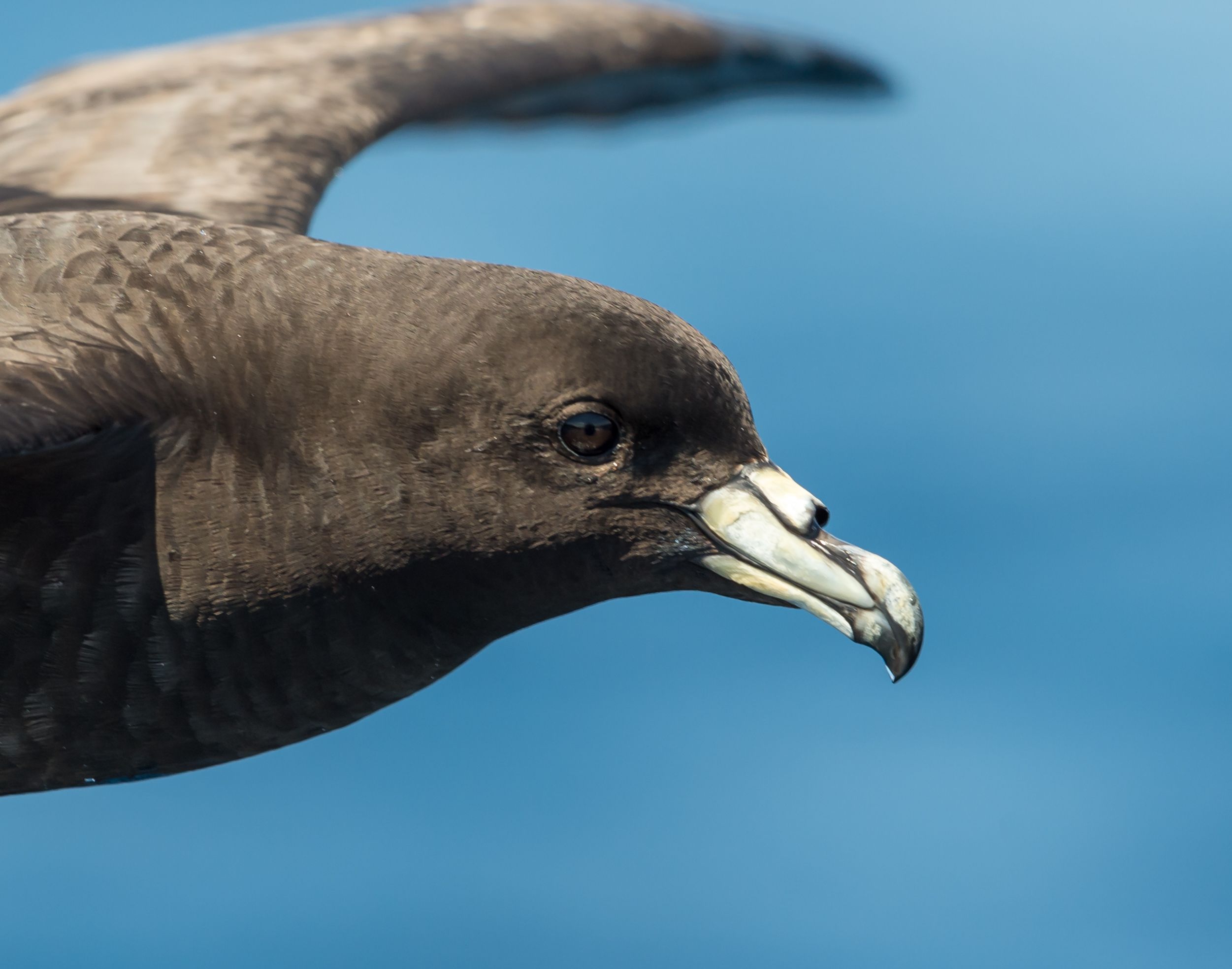 The CSP's Annual Plan for 2022/23 includes population monitoring of the ACAP-listed Black Petrel (pictured); photograph by Kirk Zufelt
The CSP's Annual Plan for 2022/23 includes population monitoring of the ACAP-listed Black Petrel (pictured); photograph by Kirk Zufelt
New Zealand’s Conservation Services Programme (CSP) has released its 2022/23 Annual Plan. The CSP operates under the administration of the Department of Conservation with the vision that, “commercial fishing is undertaken in a manner that does not compromise the protection and recovery of protected species in New Zealand fisheries waters”.
The plan provides a comprehensive summary of upcoming and ongoing research projects, their objectives and expected costs. It is divided into three focus areas:
- Interaction Projects (section 2): the Observer Programme and seabird identification programmes.
- Population Projects (section 3): a number of population and demographic studies of albatrosses endemic to New Zealand, monitoring of the Black Petrel and Flesh-footed Shearwater, and research into foraging and diving habits of the Westland Petrel.
- Mitigation Projects (section 4): the Protected Species Liaison Project Officer Programme, the use and effectiveness of various mitigation measures and a project focussed on understanding drivers and barriers to the implementation of mitigation measures by small vessel bottom longline vessels.
The 2022/23 Annual Plan is available at the Department of Conservation’s website, or download here.
Posted 29 August 2022
- On their way: the 68th Gough Island overwintering team departs Cape Town
- Alien slugs a possible cause of failure of the House Mouse eradication on Gough Island?
- One month remaining to submit your ACAP 2022 Secondment application
- The University of Cape Town’s prestigious FitzPatrick Institute of African Ornithology advertises for a new Director
© 2024 ACAP. All rights reserved. Privacy Policy Manage Your Data LoginLogout

 English
English  Français
Français  Español
Español